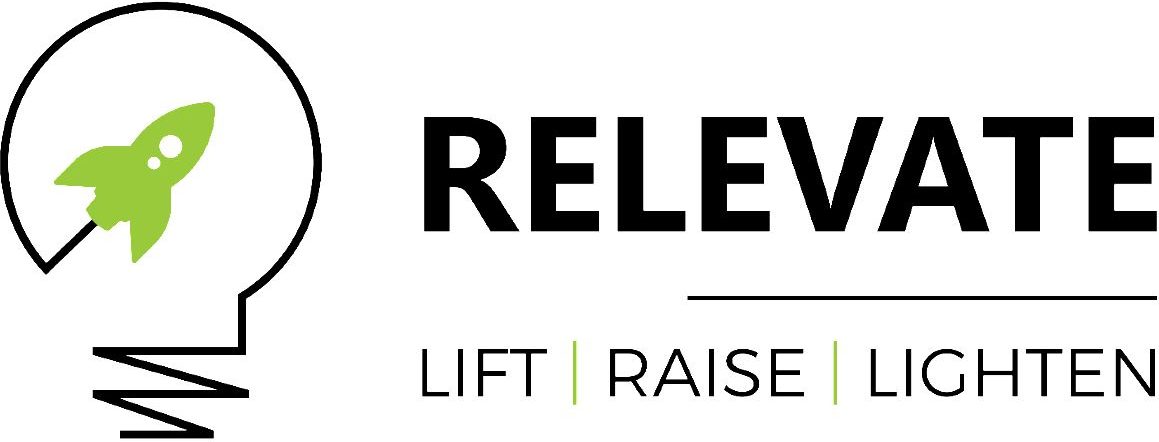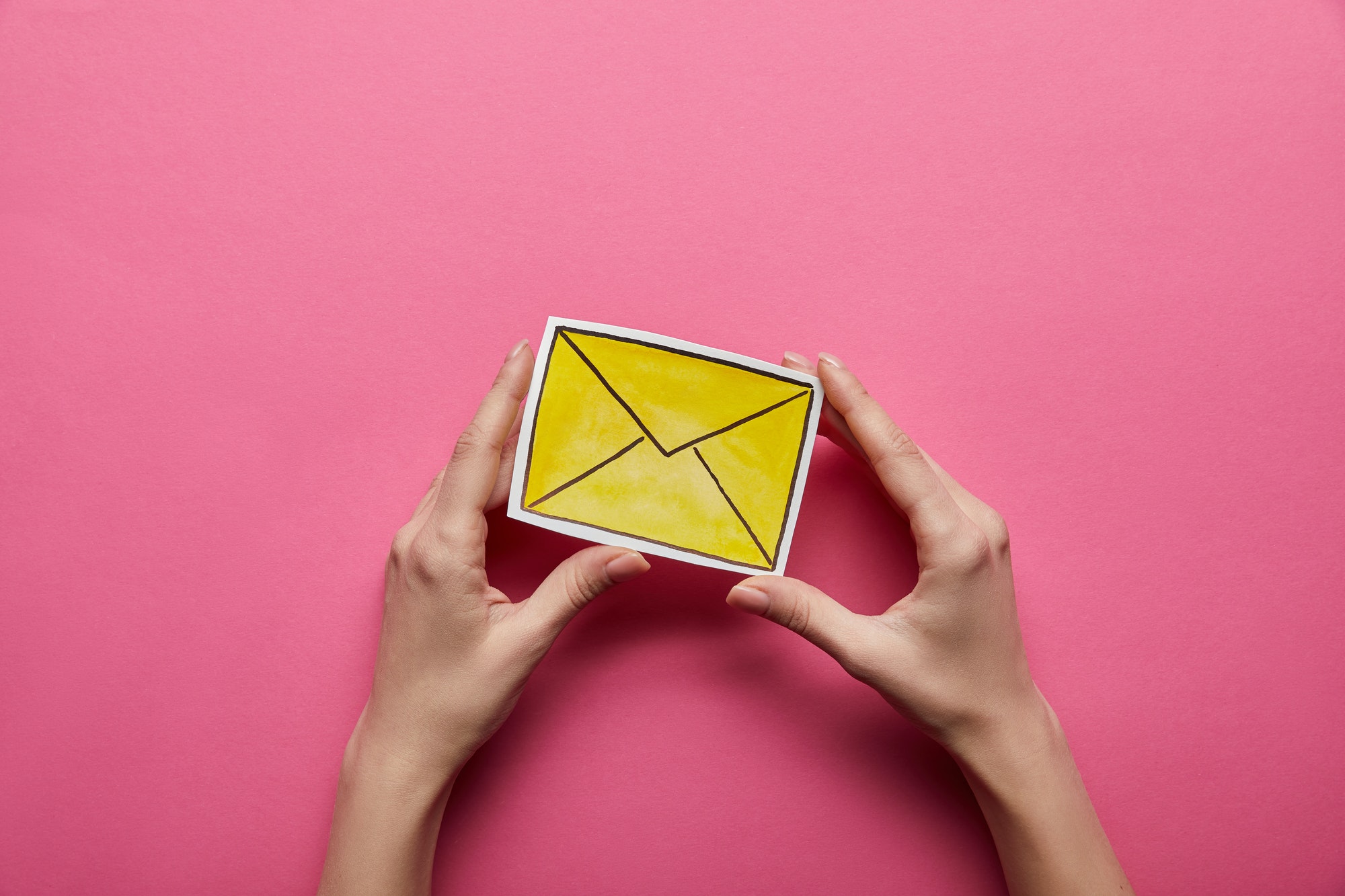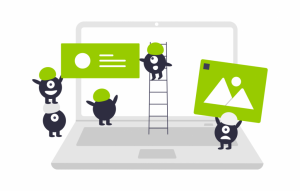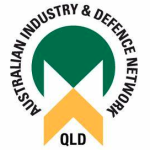A newsletter is an email that contains your most intriguing material, announcements, and promotions. It may help keep audiences informed and increase traffic.
Want to ace a new or old email newsletter project? Here are ten things you must do. If you need some inspiration, here are some fantastic email newsletter samples.
Writing a Newsletter
- Examine effective newsletters
- Assess your requirement for an email newsletter
- Decide on the newsletter’s style
- Your newsletter should be 90% informational and 10% commercial
- Prepare your Subscribe page
- Make up email subject lines
- Focus on one main activity
- Minimize design and copy
- Assign alt text to photos
- Make unsubscribing simple
- Always test
1. Examine Effective Newsletters
How to begin? Examine various examples in (and beyond) your business before you start constructing your own. We’ve put together an ultimate lookbook of our favourite email newsletters.
2. Evaluate the Necessity For an Email Newsletter
I know it’s tough to disagree with your employer on a project, but if an email newsletter isn’t suited for your marketing, don’t spend time working on it.
Accomplish some study to find out what you need to do. Are there popular email newsletters in your field? Them? Could you succeed with your money, time, and internal support?
Then review your company’s objectives. Do they want more leads? Better qualify sales leads? More deals? More customers?
Your effort would be better spent establishing a lead nurturing email process or content for your blog if your industry isn’t interested in email newsletters or if your objectives don’t align.
So collect some data, make a strategy (for a newsletter or another activity), and go talk to your boss. Even if you disagree with his or her idea for an email newsletter, your supervisor will appreciate your preparation.
Let’s assume you decide to create an email newsletter. Next?
3. Decide on The Newsletter Type
Because email newsletters serve many aspects of your company, they’re typically crowded and unfocused. Product announcements next to PR, blog postings adjacent to an event week… It’s a mess. A newsletter or not, email requires a common thread to tie it together.
Keeping an email newsletter focused on a single subject might help lessen its unpredictability. Instead of focusing on your firm as a whole, focus on a certain sector.
The “This Week in Cats” weekly newsletter from BuzzFeed is a fantastic example. Sorry, but I’m completely fascinated with cats after adopting a kitten. While BuzzFeed covers a wide range of topics, they have a special newsletter for cat lovers. Because the articles are targeted to a certain interest, they are more likely to be read than items from throughout the website.
4. Make Your Email Content 90% Instructional and 10% Commercial
Your email newsletter subscribers probably don’t want to hear about your goods and services all the time. They may adore you and want to hear from you, but they will eventually tune you out.
For example, I like shoes and this one shoe site in particular. It now sends me emails 2-3 times a day to purchase, buy, buy… and when I see its sender name come up in my inbox, it makes me want to scream. I may purchase from them or at least view their emails again if they gave me instructional information about the current shoe trends or how to combine them with different outfits.
Don’t be that firm. Avoid self-promotion in your email newsletters and instead concentrate on educating and informing your readers. Leave out the promotional bits unless you have great news about your product, service, or business.
5. Make Your “Subscribe” Page Clear
Once you’ve decided on your newsletter’s topic and content balance, make sure you communicate it on your sign-up page.
Specify. Tell prospective readers what the newsletter will include and how frequently they may expect to hear from you. Take a cue from SmartBrief: On the sign-up page, it mentions what’s in the newsletter and offers a sample link. See it:
That would be great as a subscription. You’d walk in knowing precisely who would contact you, what they’ll send you, and how frequently. Having this information up front will help marketers reduce unsubscribes and spam.
6. Creative Subject Lines For Emails
Even if your subscribers sign up for your emails, there is no assurance they will open them. Many marketers strive to increase subscriber familiarity by sending the same message every day, week, or month.
But, let’s face it, subscribers grow tired of such subject lines. Why? Because the subject line doesn’t entice you to click on that email right now. Try to come up with unique, innovative, and interesting subject lines for each email you send.
Thrillist is one such firm. Here are some recent email newsletters I’ve received:
I opened them all because of the company’s subject lines. Even though I get similar emails every morning, it is the subject lines that persuade me to click.
Check out this recipe for email newsletter subject lines.
Download our free email marketing beginner’s guide here.
7. Choose One Main Call to Action
Okay, so a newsletter has numerous bits of content with various calls-to-action (CTAs). That doesn’t imply you should give them equal emphasis.
Instead, focus on one core CTA — one thing you want your subscribers to accomplish. The remainder should be “just-in-case” CTAs. Make it clear what you want your subscribers to do, whether it’s to read a blog article or send the email to a friend.
Second Glass’ email message advertising their recent Wine Riot event in Boston is below. It’s bright and full of information, but it’s also clear what they want you to do: buy event tickets. Second Glass boosts the likelihood of a click-through by positioning this CTA above all other information.
8. Minimize Design and Copy
Because of this, a newsletter may quickly seem crowded. To make an email seem uncluttered, use succinct language and enough of white space in the design.
Concise text is important since you don’t want your readers to read your email all day. You want to send them somewhere else (like your website or blog) to read the complete thing. Short text provides readers a sample of your material, enticing them to click and discover more.
White space is important in email newsletters since it helps declutter the look and makes it easy to click the proper link on mobile.
See Rippa’s blog post newsletters for an example. Large cartoon, brief introductory paragraphs, and link in the main blog article. The remainder of the newsletter is smaller and more graphic, making it easier to read.
9. Add Alt Text to Pictures
Given how vital visual material is to your other marketing efforts, it seems logical to include it in your emails, right?
Right. But email is more difficult. Most users won’t have images enabled, so make sure your photos include alt text. When pictures aren’t loaded in an email, alt text shows. This is critical if your CTAs are pictures — you want visitors to click even if the image is disabled.
While every email marketing campaign is distinct, here is one example.
10. Make Unsubscribing Simple
This may seem counter-intuitive, yet it’s critical to keeping an engaged subscriber base. “Alter your contact with us” is not acceptable. Remove unsubscribe links from images with no alt text. A clear unsubscribe mechanism will also assist prevent your email from being labelled SPAM before it reaches the rest of your list.
See below for charity: water’s email on how to do it correctly. The unsubscribe link is bolded and capitalised, making it simple to click (if you wanted). No footer searching necessary to update your email settings.
11. Always Test
There are nine steps to follow to ensure you’re sending out email newsletters correctly, but you must also research what works for your organisation and your list. Like other civilizations, different groups of email users have distinct preferences.
So start with these email newsletter best practises… to locate your special sauce. Here are some ideas:
witty subject lines
Your topic lines should all be brief. (It works better.) How about adding a little comedy to your copy? It may make your receivers happy and increase your open and clickthrough rates. Here’s an adorable Airbnb topic line example:
CTA Design
Your readers may choose bold, vivid hues or drab, uninteresting ones. Then then, maybe a simple “click here” works. Test your CTA phrasing and copy to discover what works.
Litmus, for example, has several CTAs in their weekly newsletter, but the combination of colour and language makes them seem natural and simple to understand.
No Pics
Most of the emails in this article include stunning photos, but that doesn’t imply you need them in yours.
Try removing visuals in favour of well-written prose.
Here’s an example of a superb plain text email from Maple Jeans.
I adore the P.S. at the end. They widen the space between CTAs, making it simpler to click on mobile and making the email less promotional.
Mobile Version of ReallyGoodEmails
People are increasingly using mobile devices to access the internet and email, so your design must be both attractive and practical. As a result, your mobile email will be appealing to both desktop and mobile consumers
Want to know more? This post will show you how to optimise your email for mobile devices.
Sender
Last but not least, an example from our INBOUND conference organisers. They just sent an email from Romeo, our CEO’s dog, in celebration of the Boston Red Sox’s season home opening. The email generated 7% more opens and 2% more clicks than usual INBOUND emails. You should do a sender name test even if your CEO does not have a dog.
Creating Your Newsletter
When you’re ready to create your newsletter, follow the instructions above. Regardless of your newsletter’s structure, bear in mind the following:
Keep it brief. Don’t overload them with words or images. Equalize. Even if you opt for a photo-free newsletter, keep your content short and sweet to keep readers engaged.
Valuable content Nobody likes to open an email full with ads. Include wise words, advice, and helpful blog entries along the route to make the reader feel like they’re learning. This will make them value the subscription more.
Test your emails. It’s humiliating when a link breaks or a design element is off. Send test emails to yourself and a coworker who can provide feedback. Verify the mobile and desktop designs on a computer and a smartphone inbox. Want to create but unsure how? A template! Check out our extensive collection of free and low-cost email templates.
